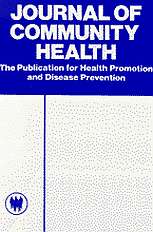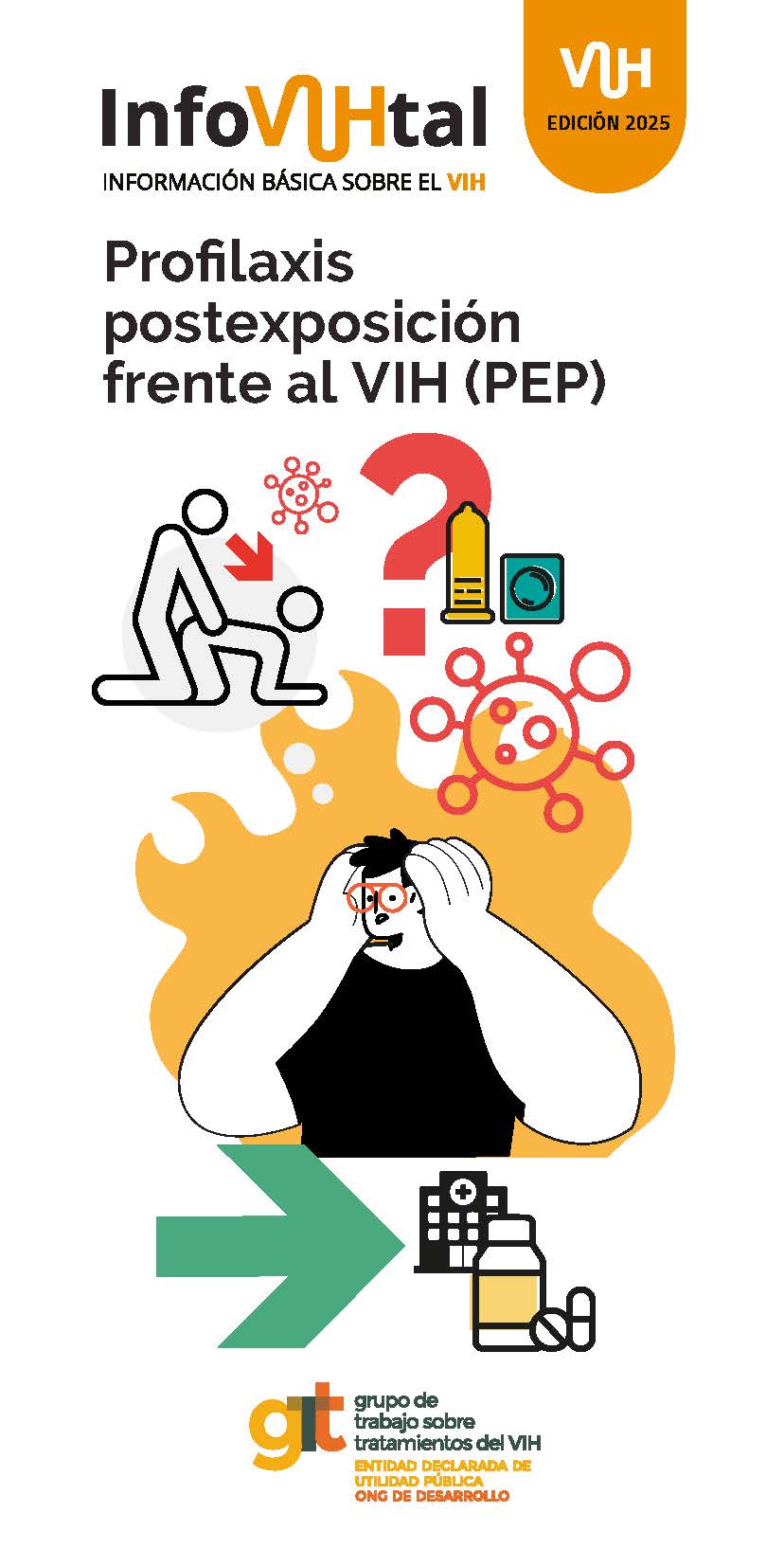Catàleg general VIH

Postexposure prophylaxis with doxycycline (Doxy PEP) in a cohort of high-risk MSM: the PRIDOX study
Resum
Background : Clinical trials have shown high efficacy of doxycycline as STI preventive strategy, but real-world data are limited. We aimed to assess the impact of DoxyPEP on Chlamydia trachomatis (CT), Neisseria gonorrhoeae(NG) and syphilis (SPL) incidence in a high-risk MSM cohort in a real-world setting. Methods : PrEP users at our clinic, meeting high STI risk criteria similar to DOXYVAC and DoxyPEP trials, were offered DoxyPEP. This analysis includes PrEP users who initiated DoxyPEP between March/23 and August/24. The pre-DoxyPEP period was from PrEP initiation to DoxyPEP beginning, and the post-DoxyPEP period from DoxyPEP start to 30/August/24, or discontinuation. Participants were tested for CT/NG at baseline, every follow up visit and when symptomatic by PCR from pharynx, rectum, and urine, and serology test for SPL. NG cultures were also conducted. Multidrug-resistant bacteria (MRB) cultures from nasal and rectal samples were performed at DoxyPEP initiation and at week 48. The incidence of the first CT, NG, and SPL episode was compared between periods using Cox proportional hazard models. Statistical analysis: SPSS v25.. Results : Among 876 active PrEP users, 197 (22.4%) initiated DoxyPEP; all were MSM with a mean age of 38.9±8.5 years. Median follow-up was 18.2±12.3 and 14.0±4.9 months for pre- and post-DoxyPEP periods. Incidence rates per 100 PY for the first STI episode in the pre- and post-DoxyPEP periods were: 31.4 and 7.81 (p=0.0001) for CT, 41.5 and 28.9 (p=0.1) for NG, and 21.5 and 3.20 (p=0.0001) for SPL. NG culture was positive in 14 (29.7%) of 47 NG infections detected by PCR in the post-DoxyPEP period. All isolates were sensitive to ceftriaxone, and 6 (42%) to tetracyclines similar as those not on DoxyPEP (42 vs 46,2%, p=0.23). DoxyPEP was discontinued in 9 (4.5%) participants (4 due to adverse events, 2 due to reduced STI risk, 1 lost to follow-up, 1 for medical reasons, 1 patient decision). Microbiologic cultures for MRB were available in 158 (80.2%) participants at baseline, with 17 (10.8%) positive (15 E. coli ESBL, 2 MRSA), and in 120 (60.9%) participants at week 48, with 10 (8.3%) showing MRB (4 E. coli ESBL, 2 MRSA). Conclusions : DoxyPEP was well accepted within routine PrEP care, significantly reducing STI incidence with good tolerance. Our data show its efficacy and safety in real-world settings. The emergence of MRB or resistant NG was not observed. However, its impact on bacterial resistance and microbiota requires further evaluation.
Autoria:
GÓMEZ AYERBE, Cristina; SANTOS, Jesús; LÓPEZ JODAR, María; MARTÍN CORTÉS, Salvador; PÉREZ HERNÁNDEZ, Isabel; GONZÁLEZ, Andrés; PALACIOS, Rosario
Autoria institucional: Hospital Universitario Virgen de la Victoria
Autoria institucional: Hospital Universitario Virgen de la Victoria
Fitxa bibliogràfica
- Any de publicació:
- [2025]
- Descripció física:
- [1] p.
- Format:
- Fulletó
- Notes:
- Póster presentado en el CROI 2025 celebrado en San Francisco (Estados Unidos) del 9 al 12 de marzo de 2025.
- Més informació:
-





